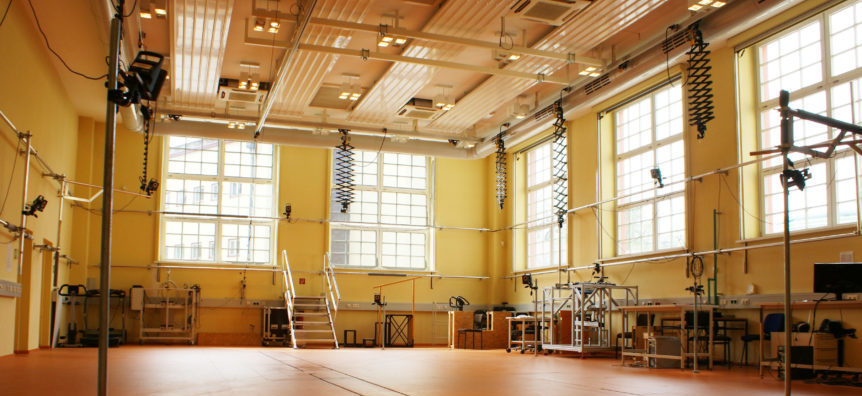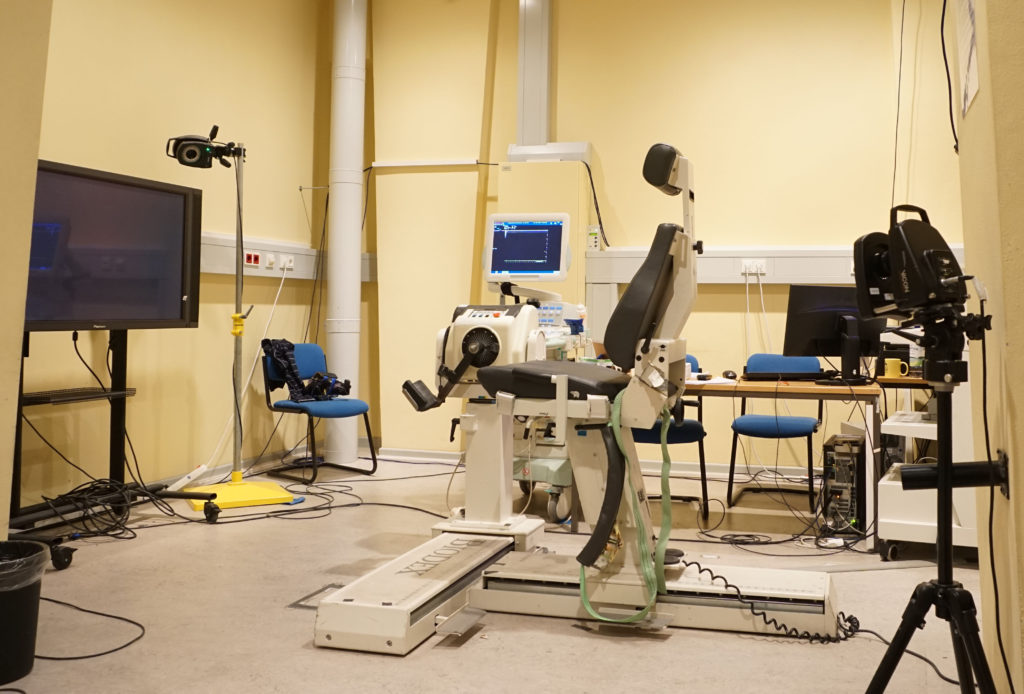
Institute for Sports Science – Department of Training and Movement Sciences
Our research focuses on the interaction of the neural and musculoskeletal systems, their adaptation through mechanical loading and their influence on human performance, movement control and movement safety.
The focus is on quantifying the neuro-biomechanical potential of humans and to investigate its influence on locomotion in everyday life and in sport. With this in mind, the department is also researching the role of sporting activity in preventing injuries and maintaining quality of life in people in the elderly or with chronic illnesses.




